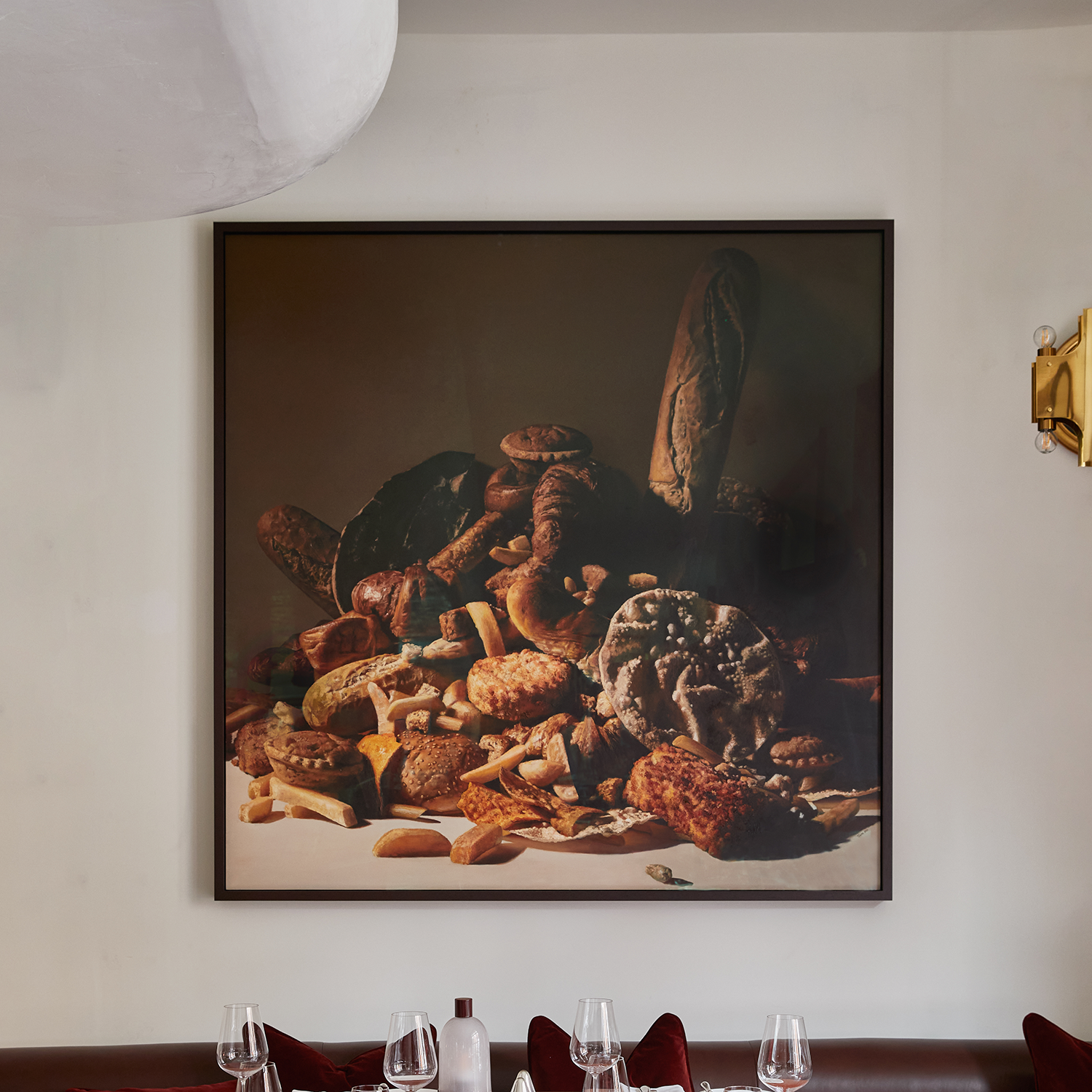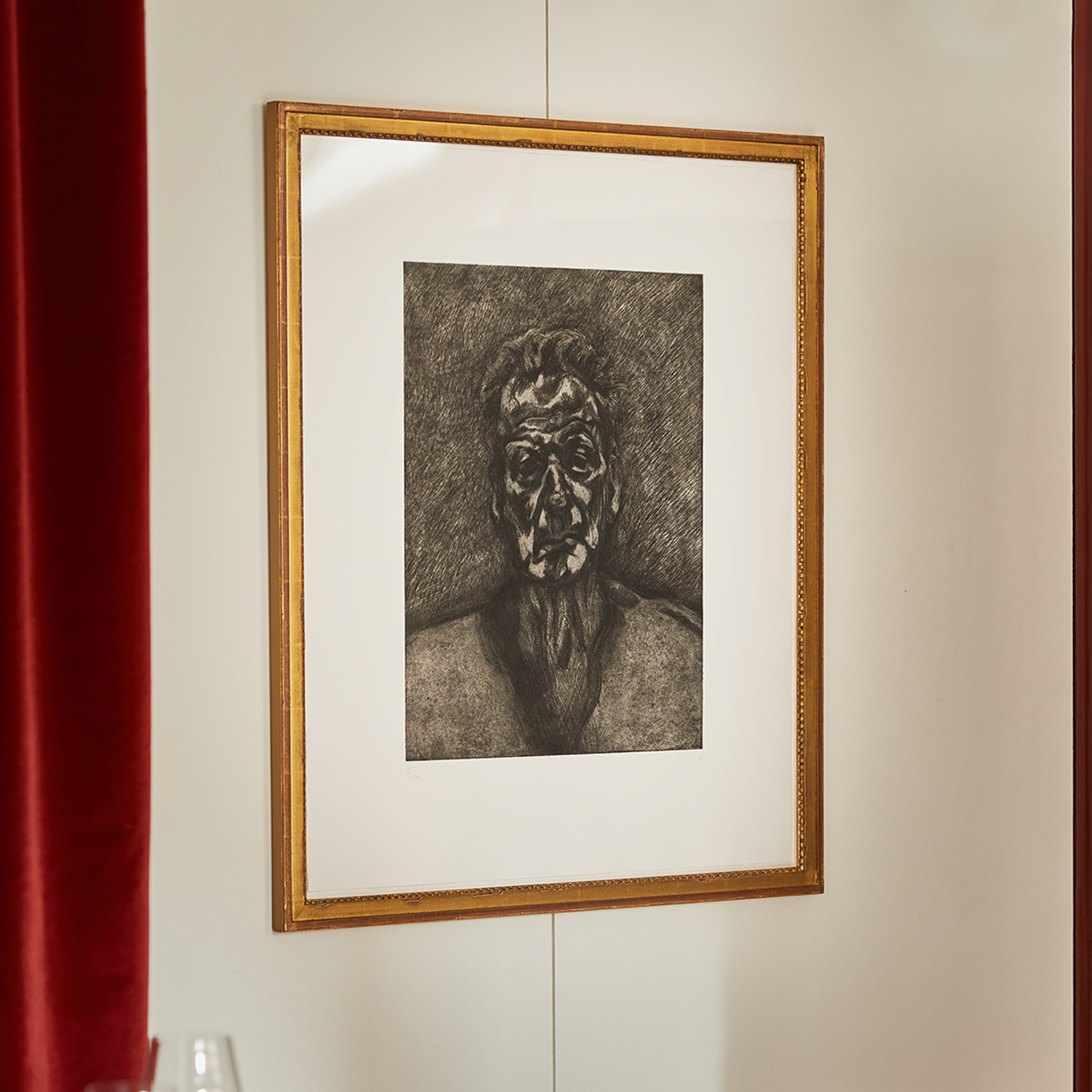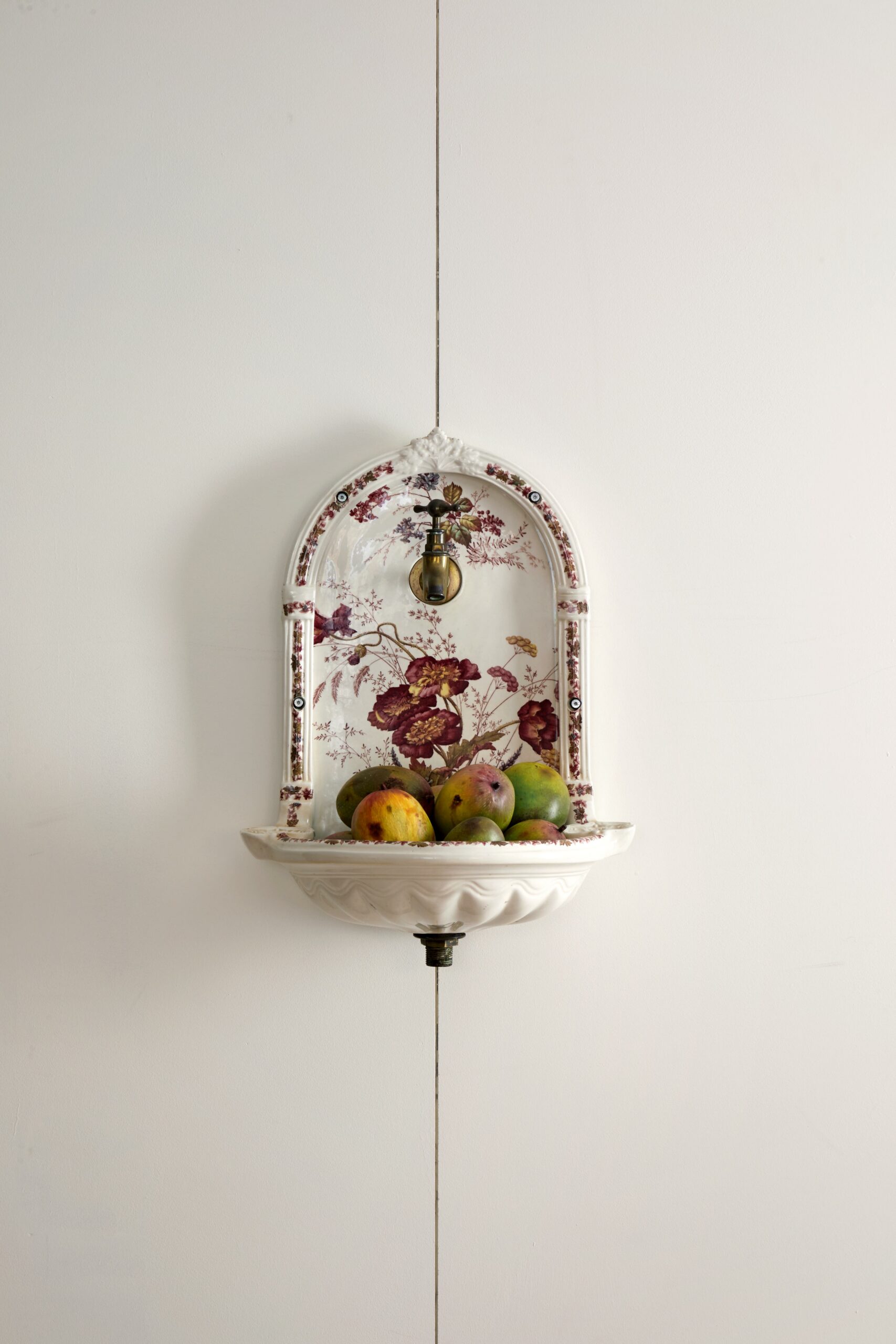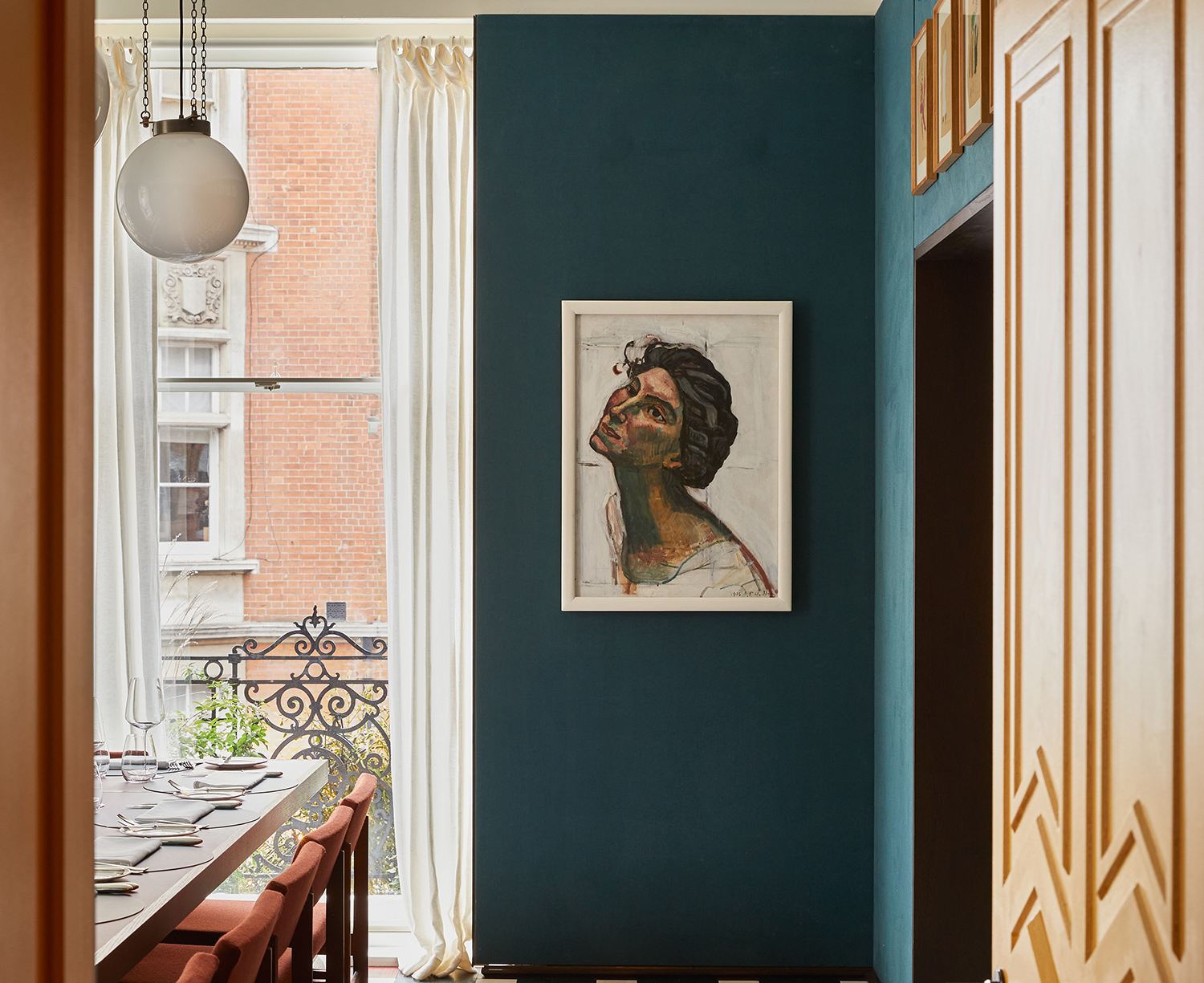“Still life with white carbs”, 2011
Oil on aluminium
149 x 149 cm / 58 5/8 x 58 5/8 inches
Keith Tyson is a Turner Prize winning British Artist who incorporates systems of logic, scientific methodology and chance into his work. Tyson continually challenges what constitutes reality using a wide variety of materials through a multitude of styles, displaying immense artistry and variation. ‘Still Life with White Carbs’ (2011) is inspired by the Dutch 16th Century still life tradition and plays on the idea of symbolism with a candid humour. In the original vanitas paintings, objects such as skulls or decaying fruit would symbolise the inevitability of death, while items from instruments to jewels would reflect what brought pleasure during life. In Tyson’s photorealist ‘Still Life with White Carbs’ where we might expect to see an abundance of fruits, flowers, or meat we are met with pies, breads, chips, and pastries. These often processed foods from around the world reflect on our modern global society, our consumerism, our reliance on fast food, our health and our wealth, or lack thereof.











